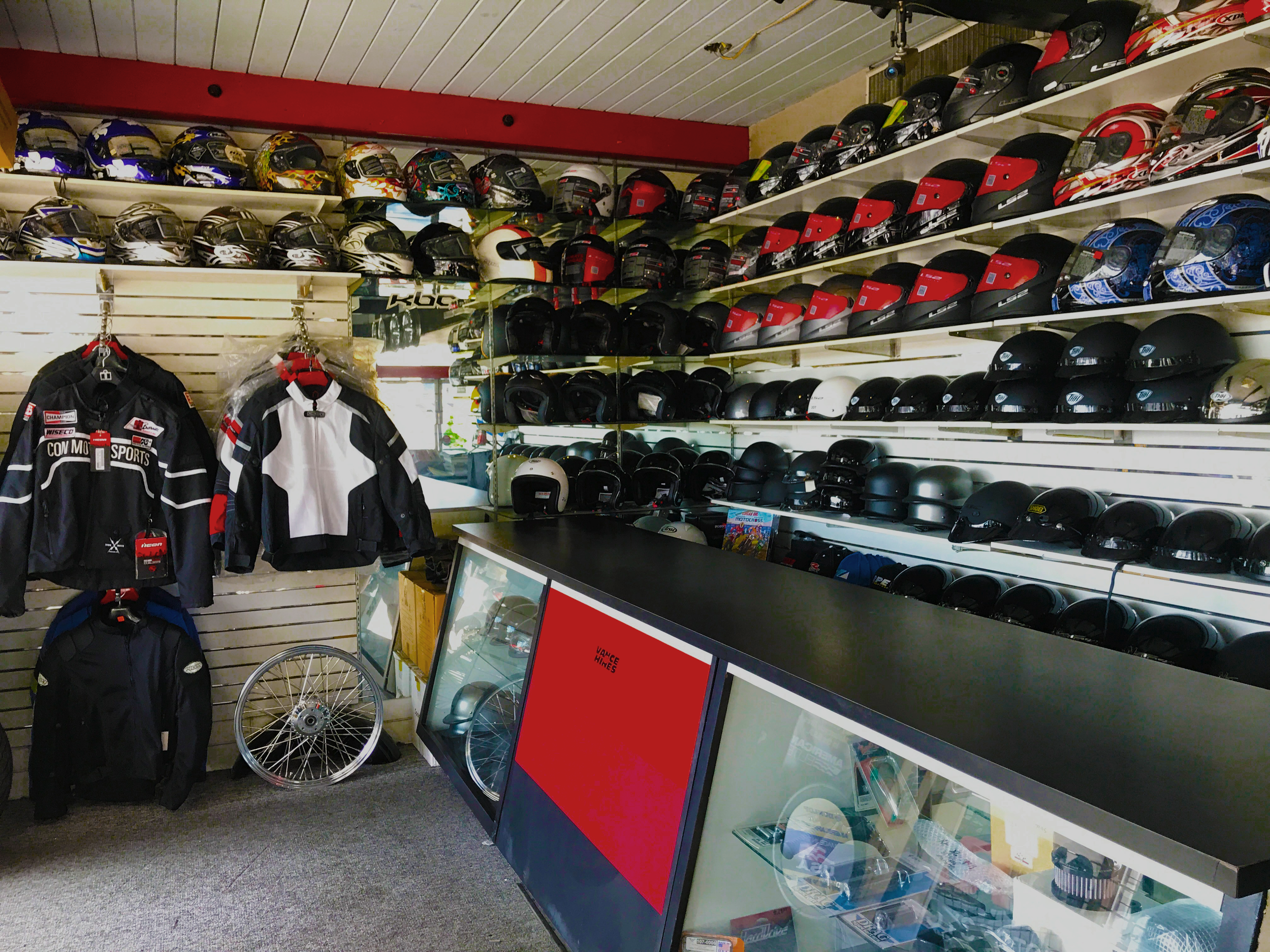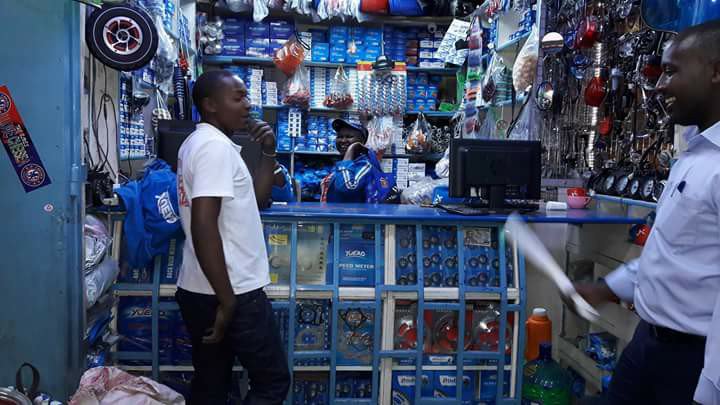Essential Motorcycle Parts NZ for Peak Performance and Safety
An In-depth Look at Motorcycle Components: What Every Biker Must Know
A comprehensive understanding of bike components is not simply helpful however vital for any type of motorcyclist intending to make best use of performance and safety. Each part, from the engine's detailed operations to the dependability of brake systems, plays a crucial function in the total experience and functionality of the bike. Beyond simply recognizing what these parts do, it is essential to value how they interact and support one an additional. This interconnectedness can make the distinction in between a smooth experience and unanticipated complications. What intricacies lie within this mechanical harmony that every cyclist should understand?
Recognizing the Engine
The engine, often concerned as the heart of a motorcycle, is a complex setting up of parts that operate in harmony to transform gas into movement. At its core, the engine's main feature entails the burning process, where air and fuel mix and fire up within the cyndrical tubes, causing controlled surges that drive the pistons. These pistons move up and down, transforming chemical energy into power, which consequently transforms the crankshaft, eventually powering the bike.

Recognizing the details of a motorbike engine is critical for enthusiasts and riders alike. It not only gives insight into just how motorbikes attain their outstanding power and speed however additionally help in efficient upkeep and troubleshooting, ensuring longevity and dependability on the roadway.
Suspension Equipments
While the engine powers the motorcycle, the suspension system plays a crucial role in guaranteeing a regulated and smooth ride. The suspension system is liable for soaking up shocks from the roadway surface, preserving tire call, and giving stability during cornering and braking. It consists of 2 major elements: the front forks and the rear shock absorbers.
Front forks are usually telescopic, moistening and including a spring mechanism. The springtime presses and extends to take in bumps, while the moistening mechanism manages the movement to stop excessive bouncing. This mix makes certain the front wheel continues to be touching the road, offering remarkable handling and comfort.
The back suspension, typically a monoshock or twin-shock setup, works similarly to the front suspension but is customized to support the bike's weight and rider - motorcycle shop. It handles back wheel movement, adding to the bike's general balance and responsiveness
Suspension systems can be adjustable, permitting riders to fine-tune preload, compression, and rebound setups according to personal preferences and riding problems. This adjustability enhances performance by optimizing the bike's communication with diverse surfaces. In summary, an efficient suspension system is essential for cyclist convenience, safety and security, and the motorbike's handling prowess.
Brake Components
Quiting power is a fundamental element of motorbike security, and it depends upon the effectiveness of the brake components. The main components of a motorbike's stopping system include the brake pads, calipers, rotors, and master cylinder. motox parts nz. Each of these elements plays a critical role in making sure effective stopping performance
Brake pads are necessary as they develop the necessary friction against the blades to reduce or quit the motorbike. Created from products such as sintered metal or natural compounds, the option of brake pad material considerably affects performance and long life. Calipers, housing the brake pads, use stress to the pads when the brake lever is involved, helping with contact with the rotors.
The rotors, generally made from stainless steel or cast iron, are installed to the wheels and serve as the surface area versus which the brake pads press. Their design, including size and density, affects warmth dissipation and stopping power. The master cyndrical tube, attached to the brake lever, creates hydraulic stress transferred with brake lines to the calipers, making certain consistent braking force.
Routine upkeep and inspection of review these elements are essential for optimal performance, stopping wear and ensuring biker safety on the roadway.
Tire Fundamentals
Beyond keeping durable braking systems, guaranteeing optimal tire performance is equally significant for motorbike security and effectiveness. Tires are the single wikipedia reference call factor in between the motorbike and the road, making their condition pivotal in handling, security, and total trip high quality.

Furthermore, consider the tire's age. Rubber substances degrade gradually, also if step appears adequate. Inspect the sidewall for the DOT (Department of Transport) code to ascertain the tire's age. Usually, substitute is recommended every five years, no matter of wear. Spending attention in these tire basics not just maximizes performance however also significantly enhances riding safety and security.
Electrical Systems
In the realm of motorbike upkeep, the electric system plays a critical function in making certain reputable performance and cyclist security. This elaborate network encompasses crucial elements such as the battery, alternator, starter electric motor, and electrical wiring harness. Each aspect is important for the smooth procedure of the motorcycle, from ignition to lights and interaction with numerous sensing units.
The battery acts as the heart of the electrical system, providing the needed power to begin the engine and run devices. Consistently examining the battery's voltage and terminals for corrosion is critical to stop unexpected failures. The alternator, on the other hand, recharges the battery while the engine is running, ensuring a continual power supply.
To keep it, motorcyclists ought to pay interest to any type of unusual sounds or troubles during start-up. Making certain that the cables are intact and free from damages is important for guaranteeing and avoiding brief circuits performance.
Verdict

Stopping power is a fundamental aspect of bike security, and it pivots on the efficiency of the brake elements. The main components of a motorbike's stopping system include the brake pads, calipers, rotors, and master cylinder.Brake pads are important as they develop the needed rubbing versus the blades to slow down or stop the motorcycle.Beyond keeping durable stopping systems, ensuring ideal tire performance is equally significant for bike safety and efficiency.In the world of bike maintenance, the electric system plays a vital duty in making sure reliable efficiency and motorcyclist safety.